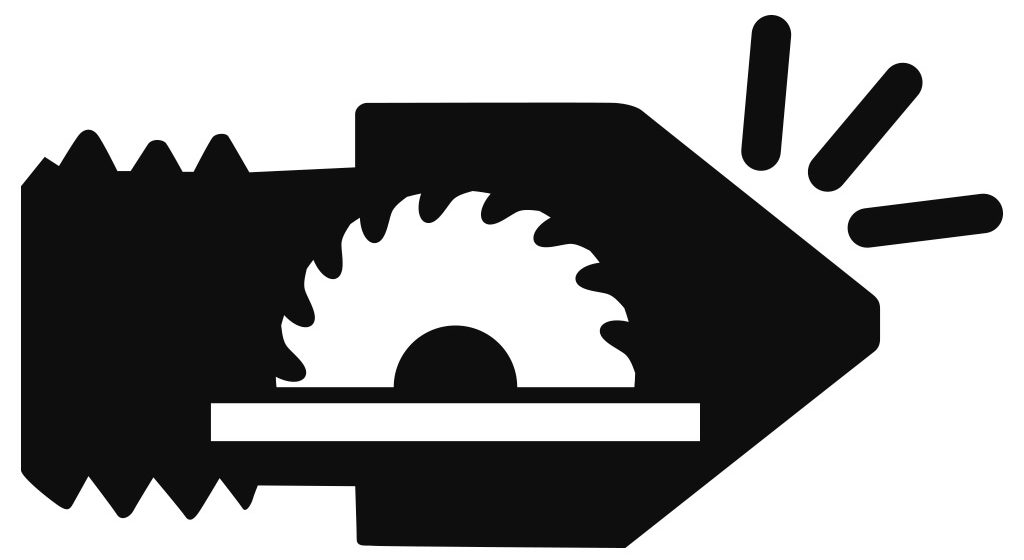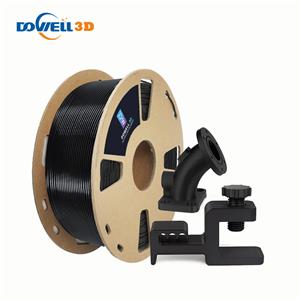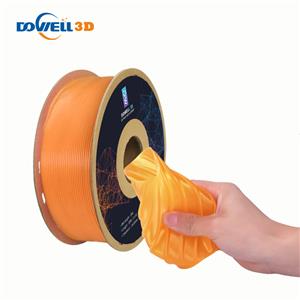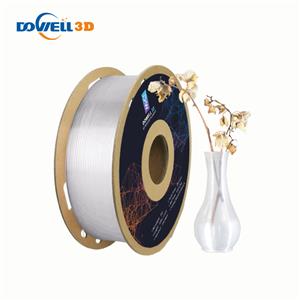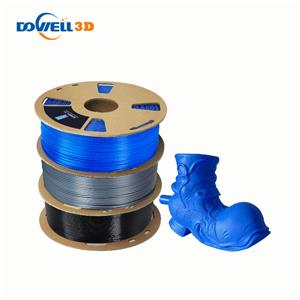Dowell ABS Glass Fiber 3d filament features
Dowell offer multiple FDM 3d printing material including pla filament, abs filament, asa filament, petg filament, tpu filament, carbon fiber filament, and ABS-GF filament, today we are checking out the features of ABS Glass Fiber material.
What Is It?
Fibers made of glass reinforced into the polymer during manufacturing and aligned along the axis of filament.
This, along with their physical makeup, give this material enormous strength and mechanical properties.
What Does It Do?
Glass fiber reinforcement gives material a lot of desirable properties:
High strength
High stiffness
High chemical resistance
Low thermal expansion
How Does It Work?
Reinforcing plastic with glass fibers produces a 3D printing filament which exhibits the best properties of both fiberglass and the plastic of choice.
What Is It Good For?
Ideal for any applications which require strength and rigidity.
For these reasons, glass fiber reinforced filament is very popular in automotive, mechanical, civil engineering, and research industries.
Benefits of ABS+GF Include:
Ideal for structural engineering-grade applications
Exceptionally stiff and strong without being brittle
Excellent dimensional stability
Very low shrinkage, warping, or lifting, something regular un-reinforced ABS is infamous for!
High thermal properties allowing it to stay in use up to 98°C depending on mechanical loads applied.
Filament Specifications:
1.75mm and 2.85mm +/- 0.05mm in diameter
Recommended Print Settings:
Extruder: 230-245°C
Bed Temp: 95-110°C
Nozzle: We strongly recommend a hardness stell nozzle with a minimum diameter of 0.4mm
Other: Ideal layer height is 60% of nozzle diameter. We do not recommend printing layers smaller than 0.25mm with glass fiber reinforced filaments
Bed Prep: Dowell 3d printer gives us the best results
Heated Chamber: Recommended, an enclosure helps reduce warping and improves print success. 30-80°C if at all possible
Drying Instructions: 80°C for 4 hours
Abrasive Material
This material is particularly abrasive among 3D printing filaments. Users may find standard brass nozzles are chewed through very quickly compared to standard wear and tear. When worn through, the nozzle diameter will widen inconsistently and the printer will experience extrusion issues.
Because of this, it's highly recommended this material be printed through a hardened steel nozzle rather than a softer metal.

